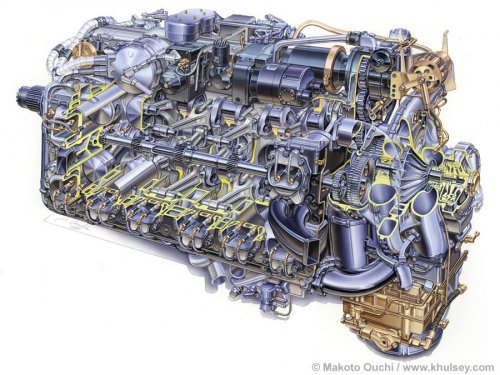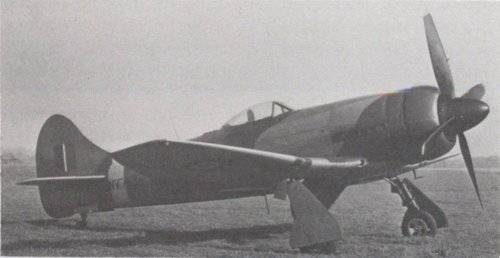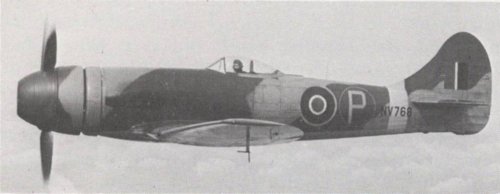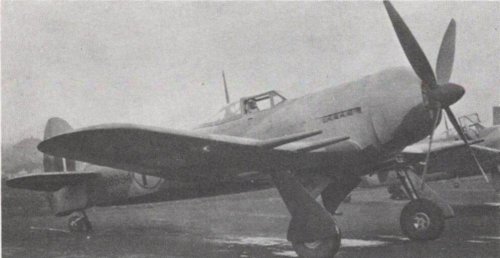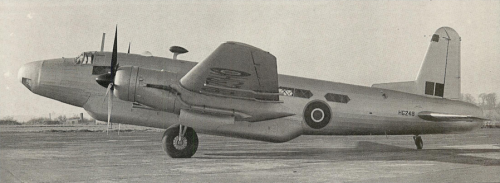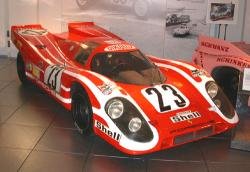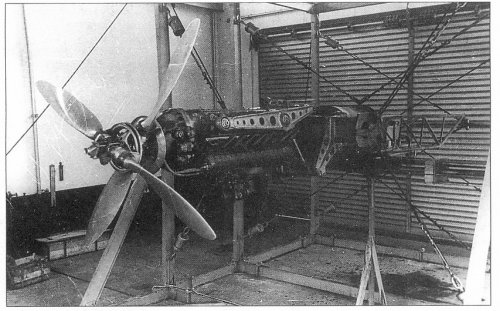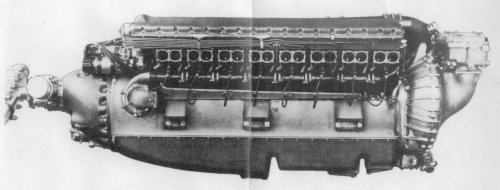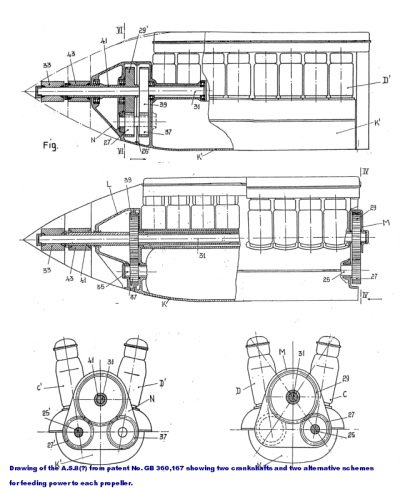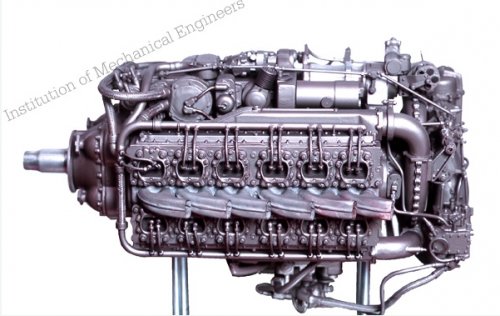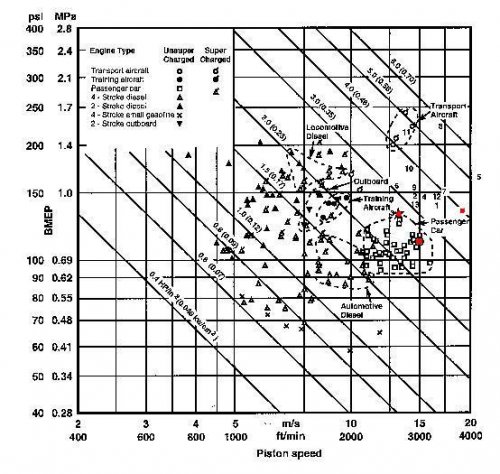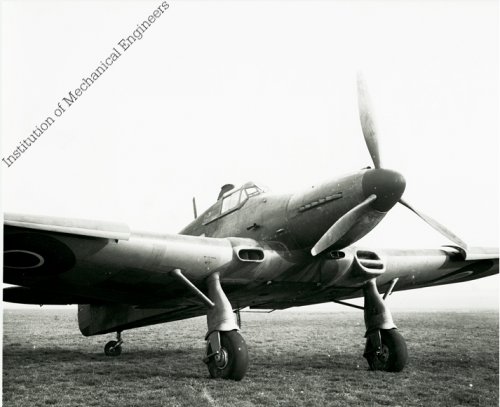- Joined
- 22 April 2012
- Messages
- 2,258
- Reaction score
- 2,309
Mods might want to split this out as we seem to be drifting off-topic,
Nick Sumner,
I just found this in relation to the Sabre E.122: http://www.flightglobal.com/pdfarchive/view/1946/1946 - 1443.html?search=Tempest annular
I do wonder whether the E.122 was the Sabre VIII.....?
Link to another post in the previous Martin Baker thread: http://www.secretprojects.co.uk/forum/index.php/topic,11784.msg113902.html#msg113902
Another musing, given that the Sabre VI was basically a V modified to take the Napier annular intake (tested on a Typhoon, a Tempest and a Warwick) is it possible that the VIII was a VII modified for a similar intake? With the addition of the full three-speed, two-stage supercharger?
Nick Sumner,
I just found this in relation to the Sabre E.122: http://www.flightglobal.com/pdfarchive/view/1946/1946 - 1443.html?search=Tempest annular
This tailless fighter was to have the 3,350hp Sabre E.122 engine.
I do wonder whether the E.122 was the Sabre VIII.....?
Link to another post in the previous Martin Baker thread: http://www.secretprojects.co.uk/forum/index.php/topic,11784.msg113902.html#msg113902
Another musing, given that the Sabre VI was basically a V modified to take the Napier annular intake (tested on a Typhoon, a Tempest and a Warwick) is it possible that the VIII was a VII modified for a similar intake? With the addition of the full three-speed, two-stage supercharger?
Last edited:

